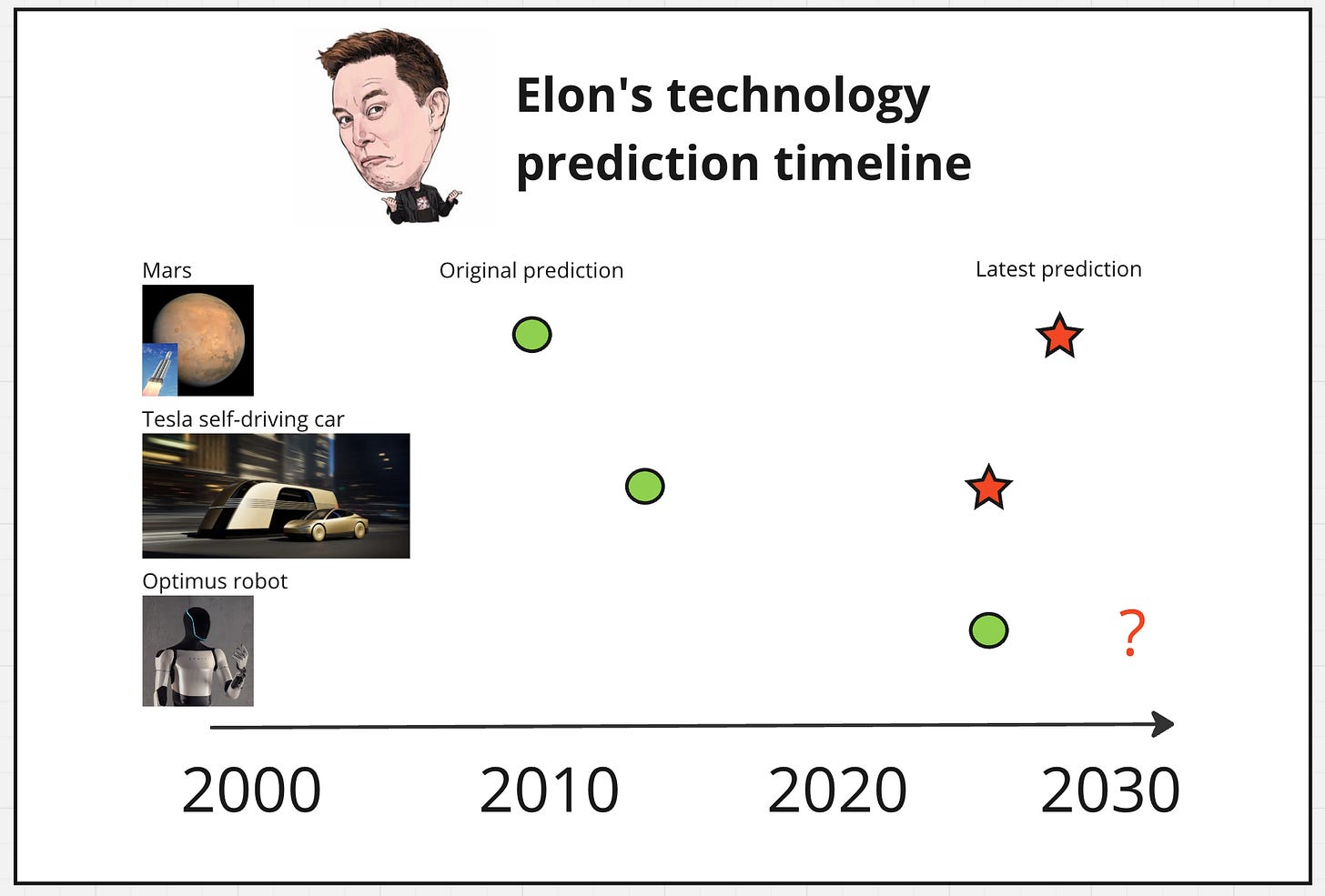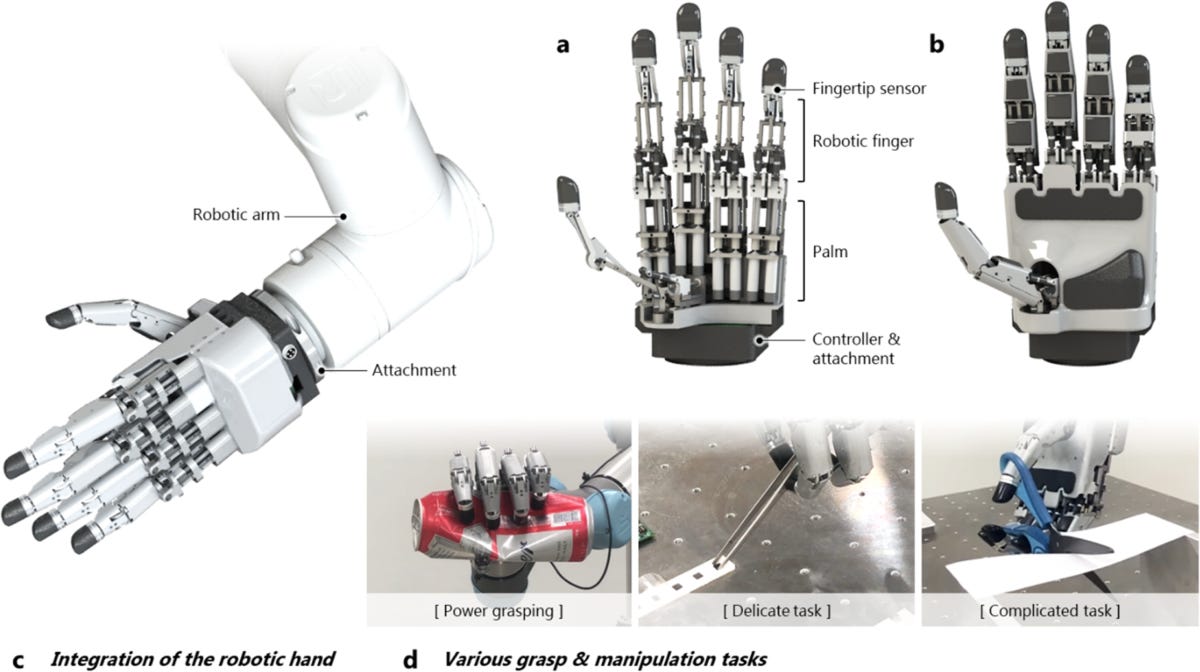The Humanoid revolution
They’re coming and we’re not talking about them enough
I saw Brett Adcock post this on X the other day, and it got me excited for what might come later this month. Brett is the CEO of Figure, a humanoid robotics company.
While I’m eagerly awaiting what Brett’s been up to, I started reflecting on the fact that we’re accelerating fast to a humanoid future. Tesla, Figure, Boston Dynamics, and so many others are making rapid progress on this tech…and for some reason, all of their robotic creations look like the evil plotting humanoids from I, Robot, and not like our beloved, bumbling, non-threatening C-3PO. Regardless, this future with humanoids is coming at us fast, and we’re not thinking or talking about it enough.
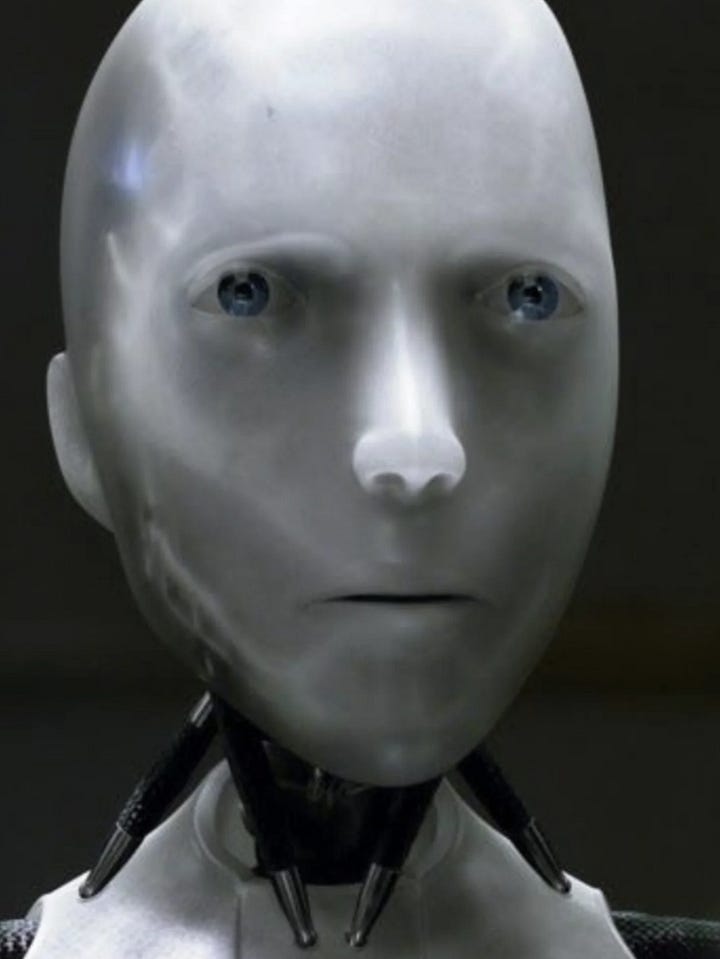
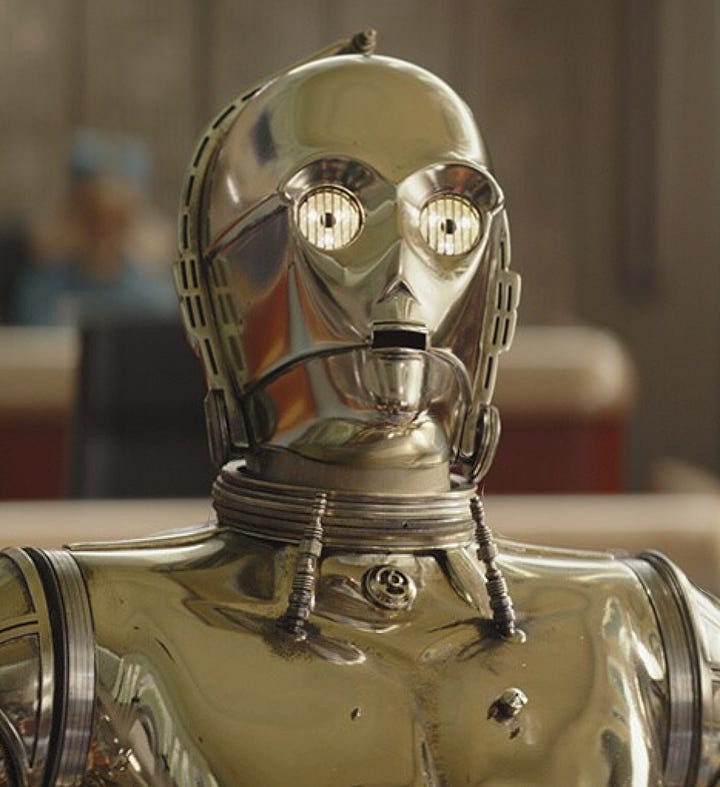
So, today I want to talk about humanoid robots. Here’s the thing: while you and I have been busy debating which AI chatbot can best write an existential poem about pizza, a new wave of humanoid robots is tiptoeing onto our city streets and factory floors. I’m only half exaggerating. Have you seen those viral video coming out of Poland. It might be a marketing stunt but you already know that China have deployed a robo-patrol on their streets —actual machines equipped with tear gas, cameras and flashing lights, that can track and identify targets.
Humanoid and Robot Dog Walking
And here in the US, Elon Musk says he’ll be shipping out Tesla Optimus (IMO an adorable name for a six-foot, mechanical biped) within five years for under $50K. And this number is similar to what others have estimated by component.
Yes, I’m aware Musk’s track record on timelines is…optimistic at best. This is the same man who said we’d see a million robotaxis by 2020. But if you look at rockets, electric cars, and even self-driving (which, let’s be honest, is half-baked but still impressively advanced), over the longer horizon, he’s been directionally right. Meaning, if you give him a decade or two, he generally delivers. So, if he’s “only” five years off on humanoids, that’s still basically tomorrow. And for what it’s worth, he’s planning on using prototypes of Optimus in Tesla factories this year, so we’ll know how correct he is soon enough.
And yet, we’re all sitting around ignoring these developments. We’re not talking enough about humanoids. But we really should be, because in a hot minute, these bipedal contraptions might show up at your workplace or even your grandmother’s nursing home.
The Humanoid Revolution Is Happening Fast
If you’d told me ten years ago that soon we’d have robot cops patrolling the streets, I’d have assumed you’d been binging too much Netflix. But here we are. China’s rolling out humanoid robo-police, and the videos are part fascinating, part “Wait, is this Black Mirror?”
Closer to home, Boston Dynamics continues to make us all question our place on the evolutionary ladder with its backflipping Atlas robot. Meanwhile, an entire new generation of startups—Figure AI, Tesla, Engine AI, and others—are churning out advanced prototypes that can walk around, do chores, maybe even out-sass your cat. The kicker? Some of these robots are surprisingly affordable. One Chinese startup pegged their humanoid at around $12,000, which is about the price of two Mac Pros, or one particularly questionable used car.
Tesla Optimus
Optimus is Tesla’s grand humanoid project. With a 2.3 kWh battery pack, advanced servo motors, and an evolving AI “brain,” it’s designed (at least in Musk’s dreams) to be a general-purpose worker: first in factories, then everywhere. Tesla’s biggest selling point here is the promise of vertical integration—leveraging their existing EV factories, battery tech, and AI prowess (from Autopilot) to drive down costs fast. The company has floated a ~$25K price point, which is eye-poppingly low given the sheer complexity of humanoid robotics. Meanwhile, they’re quietly testing prototypes in heavily choreographed settings, showing off basic walking, limb manipulation, and some minimal object-handling—though critics point out we’ve yet to see a truly live, unscripted demo. If anyone can pull this off at scale, Tesla (with its fanbase, resources, and track record of eventual execution) might be a good bet. Just don’t expect a robot in your living room next week—Elon’s timelines are, shall we say, fluid.
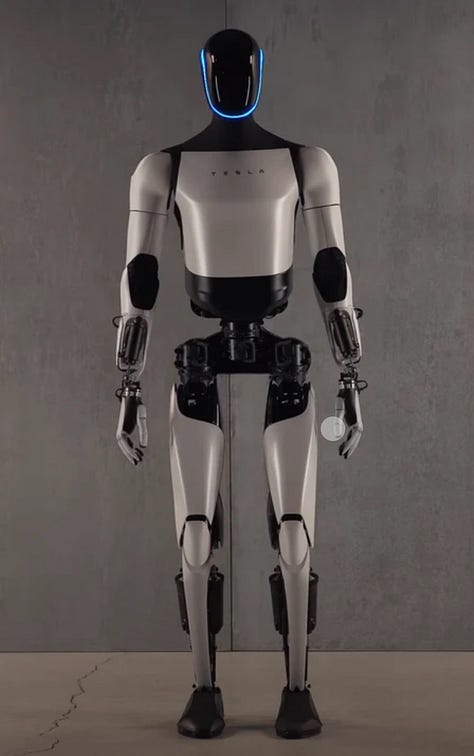
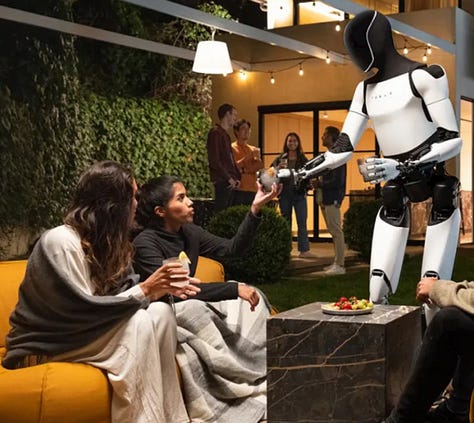
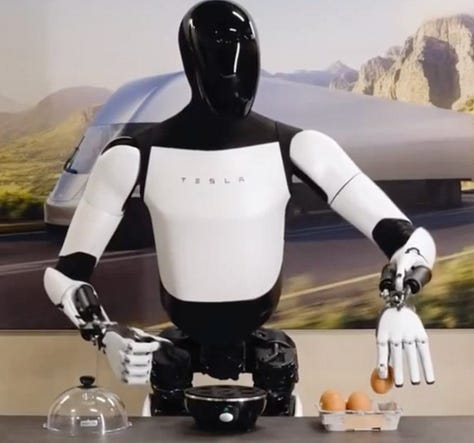
Figure 02
Startup Figure is likewise perfecting a robot with three times the computing power of its previous version and has already tested it on a BMW production line. Founded in 2022 by Brett Adcock (the founder of Archer Aviation, who apparently got tired of seeing half-baked humanoid projects languish in academia), Figure’s schtick is practicality over pizazz. They’re laser-focused on commercial applications (like manufacturing and logistics) that can yield immediate ROI for enterprise clients—rather than promising a housekeeper robot that’ll also whip up your guacamole. This narrower mission might help them get actual robots out the door sooner. Price-wise, they’re pitching something closer to “premium but affordable”—less aspirationally cheap than Tesla’s dream figure, but potentially more realistic in the near term. If they can prove their bots boost productivity enough, big companies might not flinch at a higher upfront cost. And apparently they’ve now had a “major breakthrough on fully end-to-end robot AI, built entirely in-house.” Exciting times ahead!
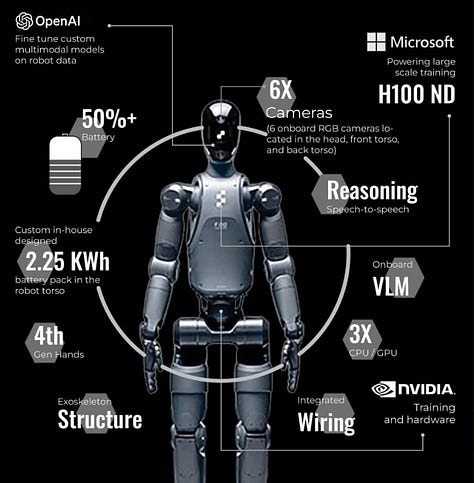
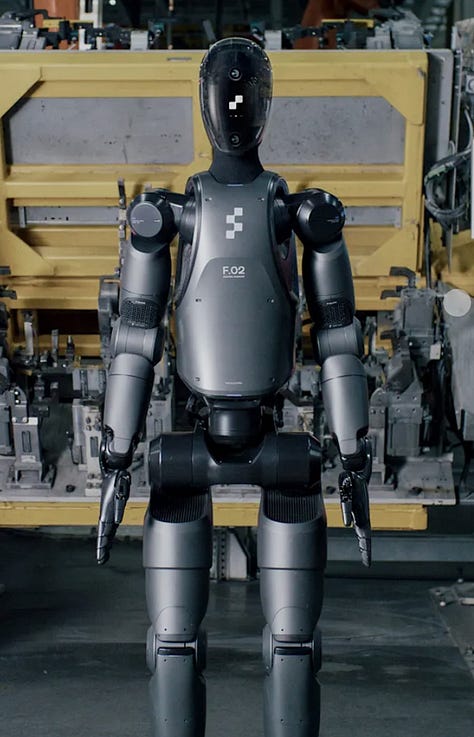
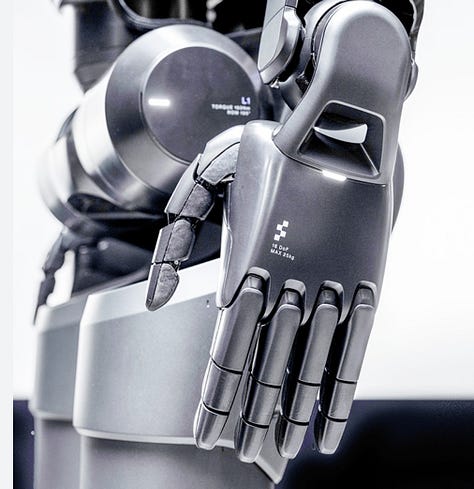
Boston Dynamics Atlas
Boston Dynamics is the long-standing rockstar of legged robotics—the company that makes viral videos of robots doing backflips, parkour, or dancing better than your cousin at a wedding. Their flagship humanoid, Atlas, is more of an R&D showpiece, brimming with cutting-edge mechanical design and fluid motion algorithms. Its value prop is technological leadership: they push the boundaries of what’s physically possible, and then license out or spin off aspects of that tech. So far, Boston Dynamics has been less about mass commercialization (Atlas isn’t even for sale) and more about fostering a robotics renaissance, which is arguably working—everyone else is racing to catch up. And since Hyundai purchased Boston Dynamics in 2020, it feels like their mission and speed of innovation has changed relative to what Tesla and Figure are promising. I’m growing less bullish on this team as the days go by.
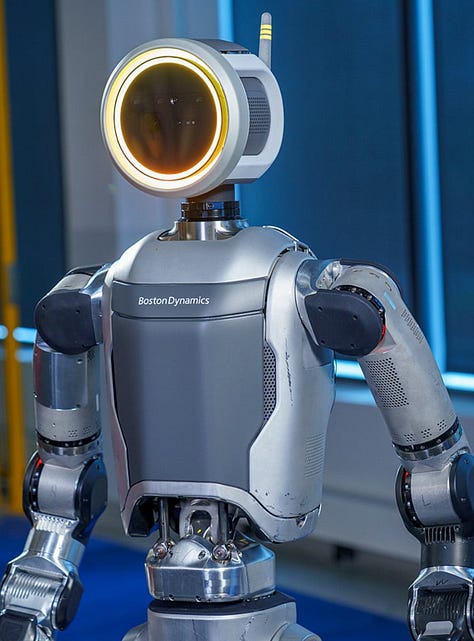
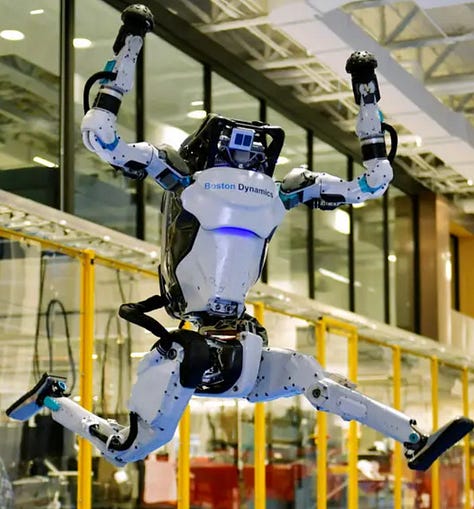
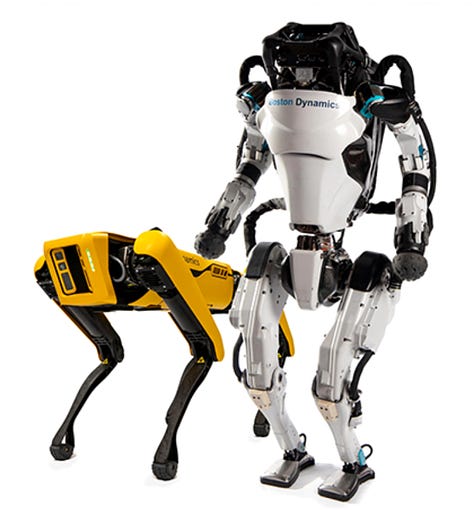
But still, with all that said, the humanoid revolution is happening faster than our collective brain can process. This could be another iPhone moment, except instead of a sleek phone, it’s a 5-foot-something mechanical buddy with questionable social skills. Let’s not sleep on this.
“I think every one of the 8 billion people of Earth, I think everyone's going to want their Optimus buddy” - Elon Musk
The Exciting Use Cases and Societal Impact
1. Caregiving for the Elderly and Disabled
If you think it’s weird to have a robot with knees and elbows living in your house, you’re not alone. But consider an aging population—like, well, basically every developed country on Earth—that desperately needs caregivers. Personal-care humanoids could assist seniors with mobility, deliver medication reminders, and help out with daily tasks. Sure, it might feel odd to say, “Hey, Robbie the Robot, could you help Grandma with her slippers?” But if the alternative is no caregiver at all, a friendly humanoid might be a huge plus.
2. Factories, Warehouses, and Beyond
We already have robot arms in factories—some of them spectacularly boring but effective. Now imagine a humanoid that can use the same forklift or specialized tool a human would, no custom programming required for each new device. That’s the dream: drop a humanoid into a pre-existing human workplace and let it go to town on repetitive or dangerous tasks, so the carbon-based staff can do less back-breaking labor. Tesla, BMW, and others are dabbling with this. It’s basically an economic no-brainer: 24/7 operation, no lunch breaks, no workers’ comp, and no complaining about the coffee machine.
3. Service Industries, Restaurants, and Retail
Speaking of baristas, the service industry is a prime target for humanoids. We already have cute little rolling robots delivering sushi in some fancy restaurants. A humanoid could handle more complex tasks: greeting guests, mixing cocktails, or carrying your luggage to the hotel room. And it can do it all without expecting tips…There’s already a bartender robot on the latest Royal Caribbean ship, though not a full humanoid, yet.
4. Household Helpers
Now let’s get really utopian (or dystopian, depending on your mood). A personal humanoid in the home could do all those chores you procrastinate—laundry, vacuuming, dishes, maybe cooking. (Be careful, though, because you might want to watch version 1.0 closely while it’s near the knife drawer.)
The truth is, many of us would gladly pay for a machine that can free up a few hours a day. For the elderly or disabled, it’s a potential life-changer, granting more independence. For the rest of us, it’s about time we taught a robot to fold a fitted sheet properly—something even humans can’t seem to master.
The Key Challenges to Solve
Now that we’re all giddy about the prospect of never having to do laundry again, let’s tap the brakes. Humanoid robots are still on the struggle bus in a few big ways:
Dexterity
Turns out, copying the human hand—a mind-boggling feat of evolution with 27 bones and 34 muscles in each one—is really, really difficult. Tesla’s Optimus is rumored to have 22 degrees of freedom in its hand, which is impressive, but still short of the finesse needed to tie shoelaces or open a stubborn pickle jar.
AI & Autonomy
The best AI in the world still gets confused by random stuff (“Is that a dog or a traffic cone?”). For a factory assembly line, maybe that’s okay. But if you expect your robot to handle curveballs, we’re not quite there yet. We need AI that’s robust, context-aware, and not likely to hurl your vacuum across the room just because it misread some sensor data.
Power & Battery Life
Pro tip: walking on two legs is super energy-intensive. Even for humans, it’s tiring—and we’ve had a few million years to practice. Robots with battery packs can manage a few hours of operation. If we’re serious about these machines working longer shifts, we’ll need better battery tech. Right now, it’s still the Achilles’ heel—or Achilles’ battery, if you will.
Safety & Human–Robot Interaction
A 5’8” metal being weighing 120 pounds, carrying your groceries around the kitchen—what happens if it slips on a banana peel and body-slams you into the fridge? We need foolproof safety measures. People have to feel comfortable around these machines. There’s also the uncanny valley problem: too human-looking is creepy; too machine-like is off-putting in caregiving. Designers and regulators alike have their work cut out for them.
The Big Questions About a Humanoid Future
When humanoids become cheaper than human labor, what do we do with all the humans?
Historically, automation has destroyed some jobs but created others. Optimists say we’ll just shift to more creative or empathetic roles. Pessimists fear mass unemployment. The truth might be somewhere in between, but it’s time we start sorting out policies to handle the transition—before half the workforce is replaced by a bipedal butler.
Are new jobs created, or do we get mass unemployment?
Whether it’s one or the other likely depends on how fast the transition happens. If it’s slow, we adapt. If it’s overnight, that’s a huge disruption. Either way, let’s not bury our heads in the sand. We need real conversations about it now.
How do we handle robot ethics and potential “robot rights”?
Seems far-fetched until you realize Saudi Arabia gave citizenship to a humanoid named Sophia…
…Plus, the EU considered “electronic personhood” before scrapping it. As AI gets better, we might hit moral dilemmas over how we treat machines that mimic humans. And from a legal standpoint, who’s responsible if your robot butler decides to toss the neighbors’ dog over a fence?
Could humanoids become self-improving and surpass us?
If we build robots that can repair and upgrade themselves, are we basically writing the next season of Westworld? Some predict superintelligent machines could become invaluable problem-solvers—or, in the darkest scenarios, decide we’re no longer necessary. Yes, it’s sci-fi territory, but given the pace of AI, maybe not that sci-fi.
The rise of humanoid robots is no longer science fiction—it’s basically next month’s TechCrunch headline. Whether it’s Musk hyping a Tesla-bot or Chinese streets featuring robo-cops, the technology is galloping ahead at an almost suspicious speed. And while there’s plenty to be excited about—caregiving, automated factories, zero laundry days—it also raises some very real, sweaty-palmed questions about jobs, ethics, safety, and, well, the future of being human.
We’re not thinking about humanoids enough, but we really should be. Because one day soon, you might be ordering coffee from a 5-foot-tall mechanical barista who has no idea how to spell your name—and that’s if we’re lucky.




